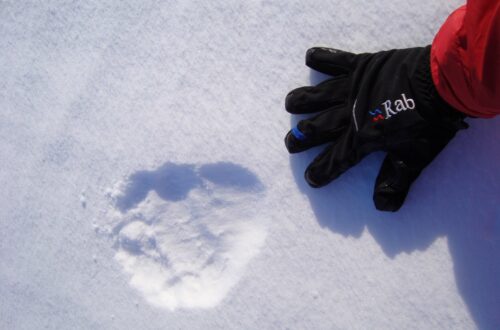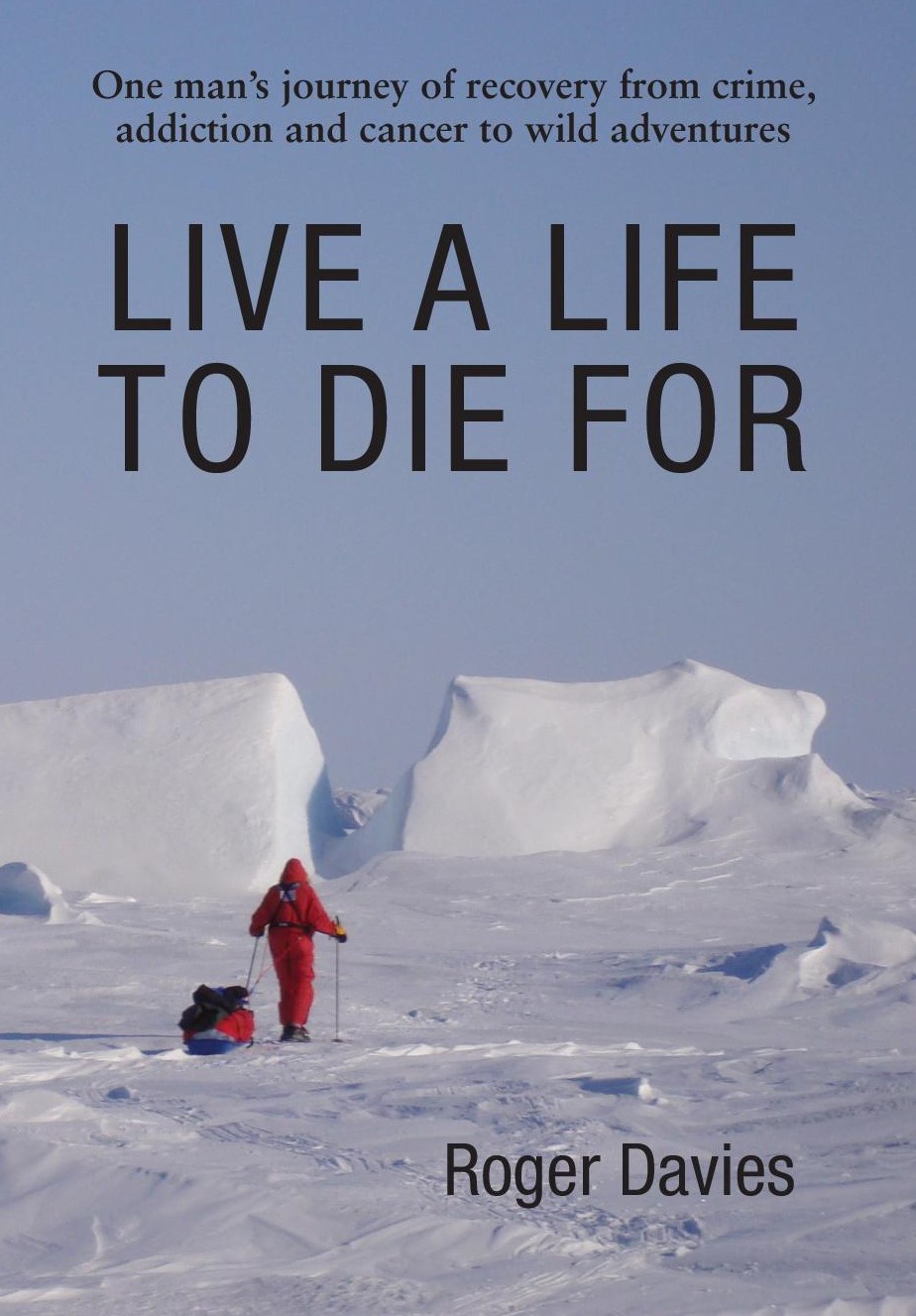A Stone in My Shoe : Simple Moment Sparked a Powerful Journey
A Journey Toward a Healthy Recovery
Whether I’m just walking to the local shop or out on a serious trek, the moment I feel a stone in my shoe, I know it’s time to stop. It only makes sense if I ignore it and keep going, I’m just asking for trouble. One tiny stone can turn into bruises, blisters, or even bleeding and that can lead to infection.
I’ve learned to pause, take a breath, and deal with the problem right then and there. It might seem small, but my feet are my foundation, my allies. Even the best, most expensive shoes in the world mean nothing if there’s something alien stuck between them and my feet.
Footnote: Most mornings, I took the dogs to the park or woods first thing. This damp, drizzly winter Saturday was no different, just a bit later than usual. As soon as I grabbed my coat, Jodie, our Rhodesian Ridgeback, came bounding out, followed by her scrappy little sidekick, Julie the Welsh terrier, eager for adventure.
Still half-asleep, coffee in hand, I stepped outside to where my wellies waited under the veranda. Left boot on, then the right. Something felt odd in the right one, some shuffling, wriggling, and stomping made it bearable. Off we went, dogs in the back of the Land Rover, me at the wheel.
The walk was uneventful, aside from a growing discomfort in my foot. An hour later, back home, I was limping slightly. My wife and daughter waved smugly from the kitchen as the dogs disappeared through the dog flap for breakfast. I bent down to pull off my muddy boots only to find my right sock soaked in blood.
“What did you do?” my wife asked, now both watching intently. I peeled off the sock, nothing. No wound, no cut. I tipped the boot upside down and out plopped the body of a squished mouse. Poor thing had taken shelter from the weather inside my boot.
What if the “Stone” is just a metaphor?
Subtitles
- A Recovery Journey
- Steps Toward Healing
- Walking the Path of Recovery
A “stone in my shoe” moment in recovery refers to a small but persistent issue, trigger, or discomfort that may seem minor but continually causes emotional, mental, or behavioural distress, much like an actual stone in your shoe. It’s not big enough to stop you in your tracks, but it nags at you, slows your progress, and can eventually lead to bigger problems if ignored.
In recovery, whether from addiction, mental health issues, trauma or chronic illness.), that ‘stone’ might include:
- A lingering resentment or unresolved relationship.
- A daily routine that isn’t supportive of your recovery goals.
- Minor triggers like certain physical or social environments, people or old habits that you haven’t addressed.
- A feeling of loneliness, isolation or boredom that keeps cropping up.
Mild or subtle negative self-talk functions like a psychological micro-poison: hard to detect, but eroding confidence, motivation, and emotional wellbeing over time. Replacing it with realistic, self-compassionate alternatives is crucial for resilience and growth.
Why it matters:
If you don’t stop to deal with the “stone,” it can lead to:
- Relapse or regression.
- Growing frustration or burnout.
- Loss of motivation or hope.
What to do:
- Acknowledge it. Don’t minimize it just because it seems small.
- Talk about it. A sponsor, therapist, or peer can help you see it clearly.
- Adjust. Sometimes a small change like altering a boundary or routine, can resolve it.
Stone in My Shoe Moments: Steps Toward Healing
This is the intentional journey of recognizing, addressing, and healing those subtle but impactful wounds. Steps could include:
- Noticing the Stone – Becoming aware of what’s bothering you.
- Naming the Feeling – Identifying emotions like sadness, anger, shame, or fear.
- Tracing the Origin – Understanding when and where the pain began.
- Self-Compassion – Offering yourself kindness instead of judgment.
- Seeking Support – Whether through friends, therapy, journaling, or spiritual practices.
- Letting Go or Reframing – Releasing what no longer serves you or viewing it with new insight.
- Stepping Forward – Integrating the lesson and moving forward with clarity and strength.
When we finally slip the stone from our shoe, the path doesn’t suddenly become perfect, but it does become ours again. Each small act of awareness, compassion, and release is a quiet vote in favour of our own wholeness. By noticing, naming, tracing, and tending to these hidden wounds, we learn to greet ourselves with the same warmth we might offer a dear friend. And as we let go or lovingly reframe what no longer serves us, we reclaim the ease and confidence that heavy moments once disguised.
Keep walking light-footed, heart-centred, and awake. Let every future pebble you feel serve as a gentle signal rather than a lasting itch or burden, reminding you that you now have the tools to pause, listen, and heal. The road ahead is wide, and it welcomes the stronger, kinder traveller you are becoming with every deliberate step.
Stone in My Shoe Moment: Loss of Motivation or Hope
In my recovery journey, I faced a “stone in my shoe” moment when I lost motivation and hope. Progress felt stagnant, and the weight of setbacks made it hard to see a way forward. Despite showing up each day, I was emotionally disconnected, questioning the point of continuing. It was a quiet, persistent struggle but recognizing this low point became the turning point, reminding me that even small steps matter when moving toward healing.
This stone feels heavy not loud or dramatic but quietly draining.
- Struggling to get out of bed without knowing why or diving for the duva
- Losing interest in things you once loved
- Feeling stuck in routines that no longer bring meaning
- Questioning if anything will ever truly change
It often isn’t triggered by one major event but by prolonged stress, disappointment, burnout, or quiet grief. It can be invisible to others but deeply felt.
Steps Toward Healing
1. Acknowledge the Numbness
Sometimes we don’t feel sad , we feel nothing. Admitting that spark has dimmed is the first courageous step.
“I’m not okay right now. And that’s okay to admit.”
2. Trace the Threads
Ask yourself:
- When did I start feeling this way?
- Was it gradual or after something specific?
- What feels heavy right now?
Understanding context creates clarity.
3. Take Micro-Steps
Motivation often returns after we begin, not before. Start tiny:
- Take a 5-minute walk
- Make your bed
- Write one sentence in a journal
- Drink water and breathe deeply
These aren’t fixes, but they reawaken connection to self.
4. Talk Back to Hopelessness
Write down the thoughts that feel hopeless. Then, respond with a gentle truth:
- “Nothing matters.” → “Some things still do. Even if I can’t feel it today.”
- “I’ll never feel better.” → “This is a chapter, not the ending.”
5. Connect, Even Lightly
Text someone a simple message. Watch a film that soothed you once. Let a therapist or support group help carry the weight.
Healing rarely happens in isolation.
6. Redefine Progress
Progress isn’t being full of energy again. It’s:
- Showing up tired and still trying
- Crying and still hoping
- Slowing down, but not giving up
7. Create a Small Hope List
Write 3 tiny things you’re curious to feel again—joy, peace, motivation, clarity. Let them become soft stars on the horizon, not demands but invitations.
I may still feel the weight of that quiet, possibly deeply buried stone, but I’m learning to walk with it and some days, even set it down.
I’m reconnecting with myself through small, meaningful steps. Hope isn’t gone; it’s just quieter now, waiting patiently as I heal. With every gentle choice I make, I’m proving to myself that brighter days are not only possible they’re already begin



